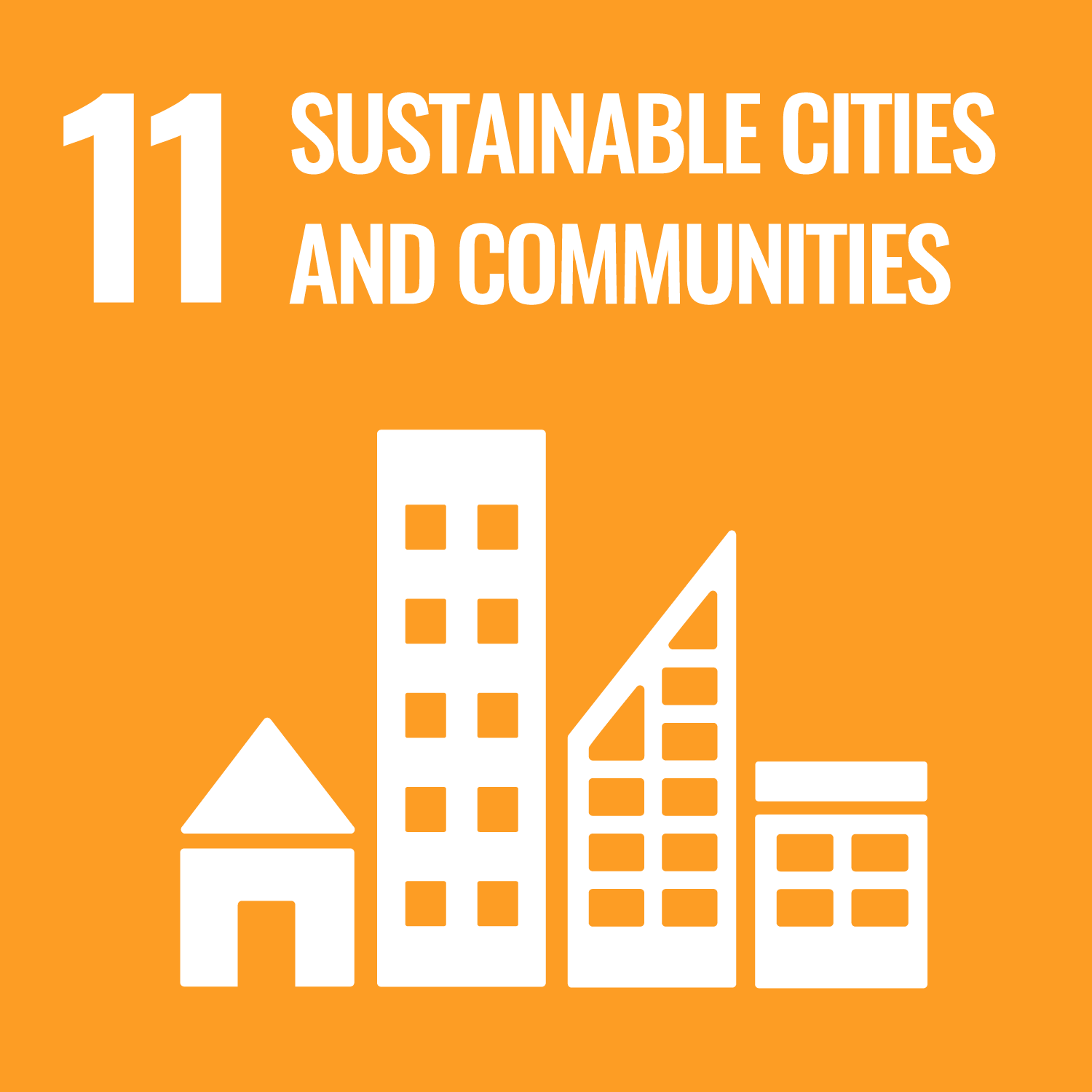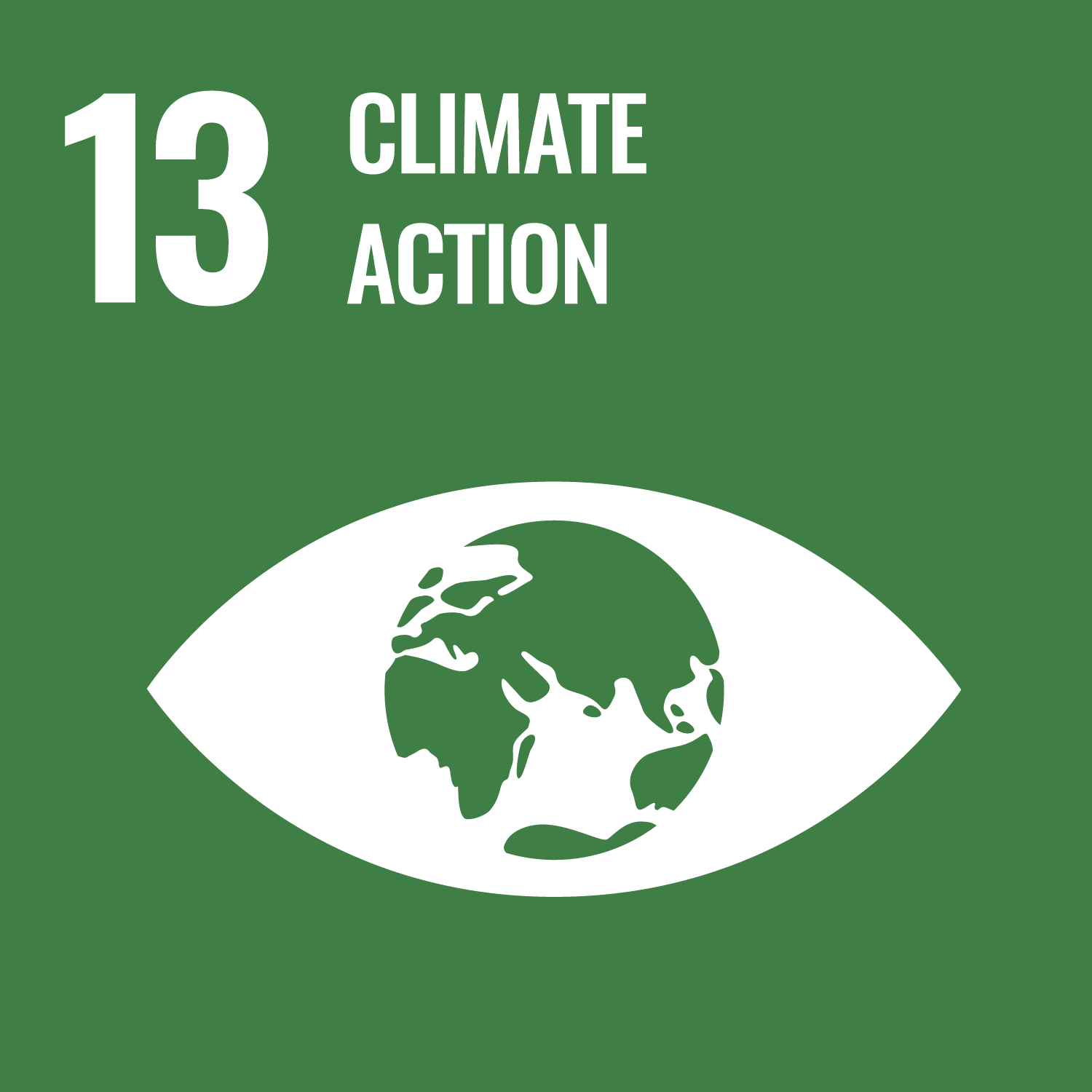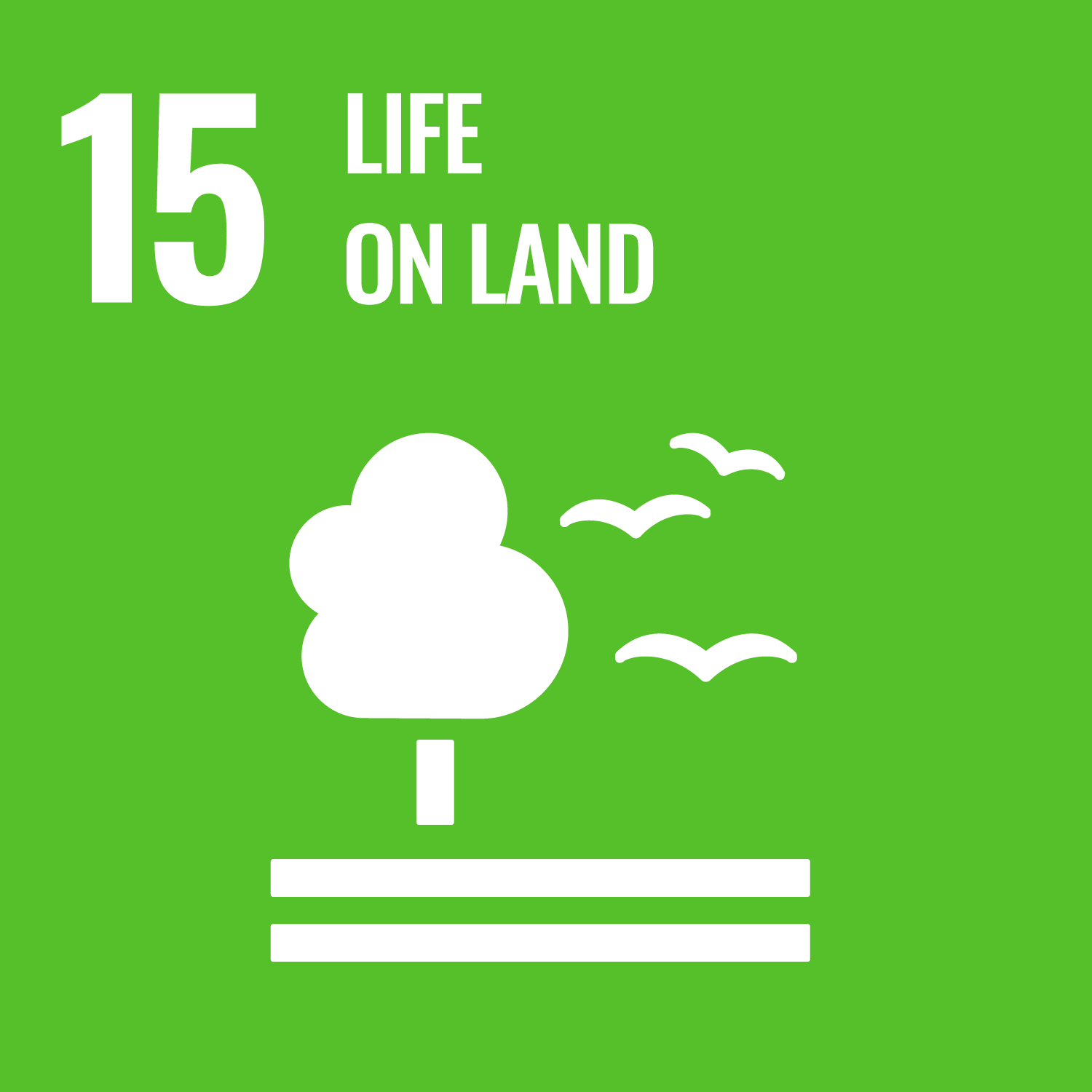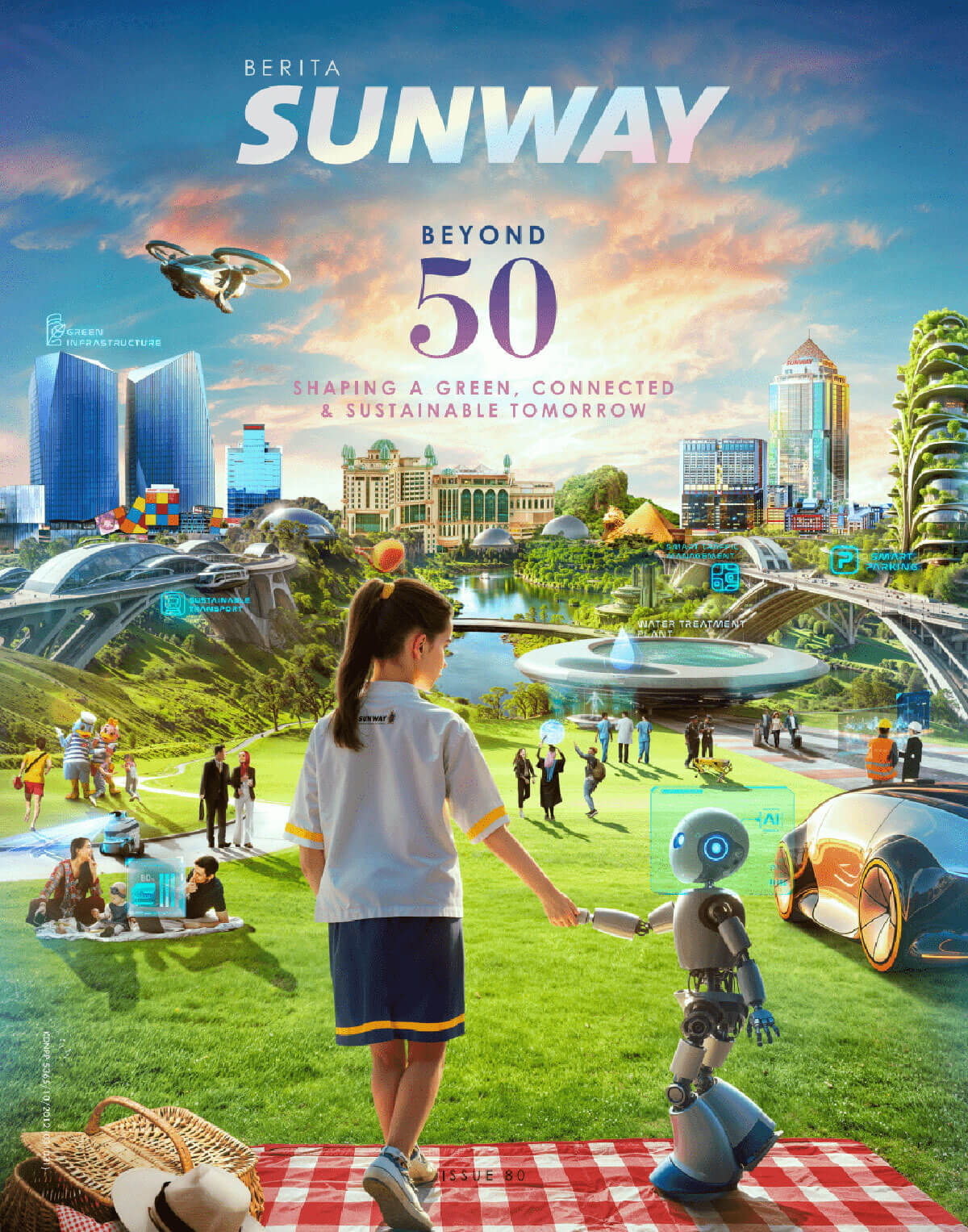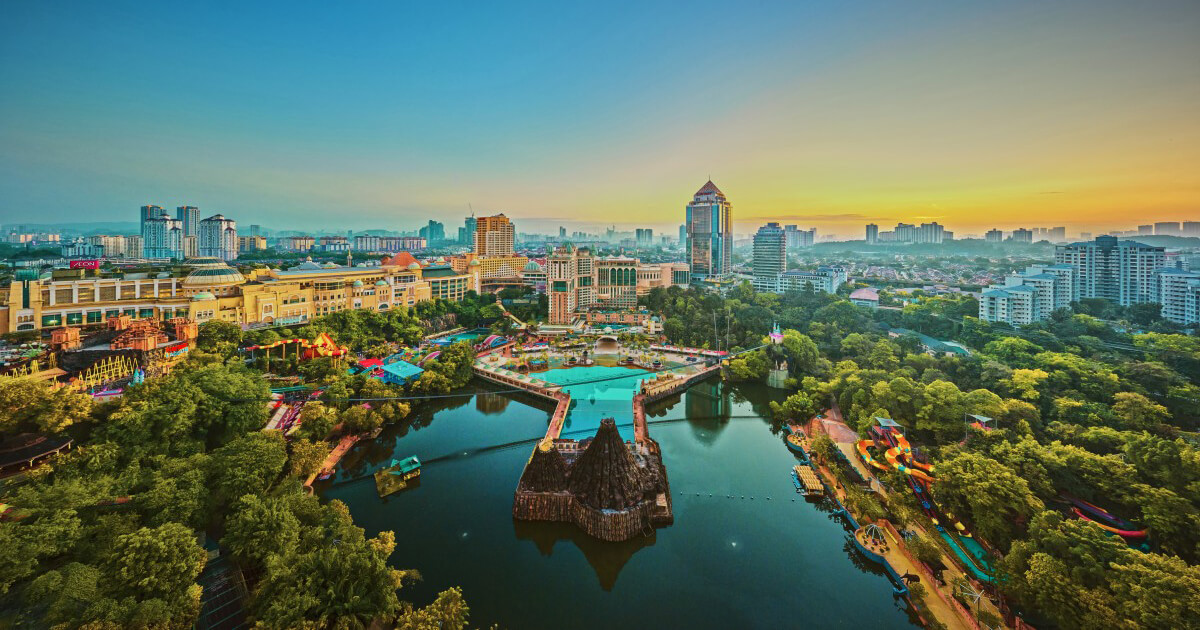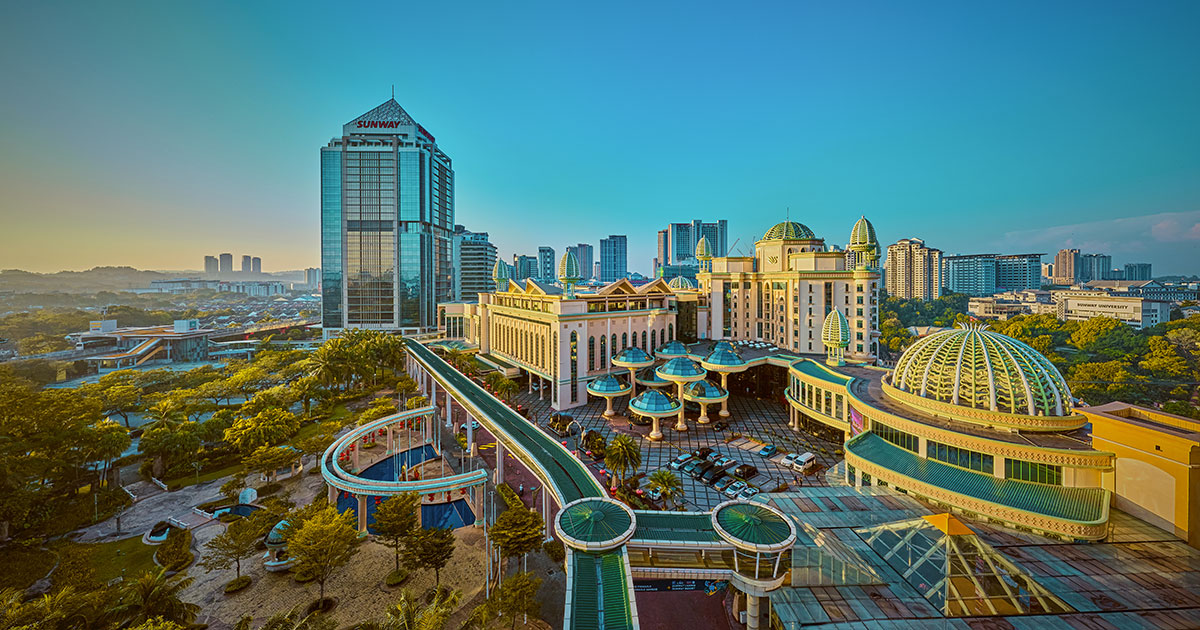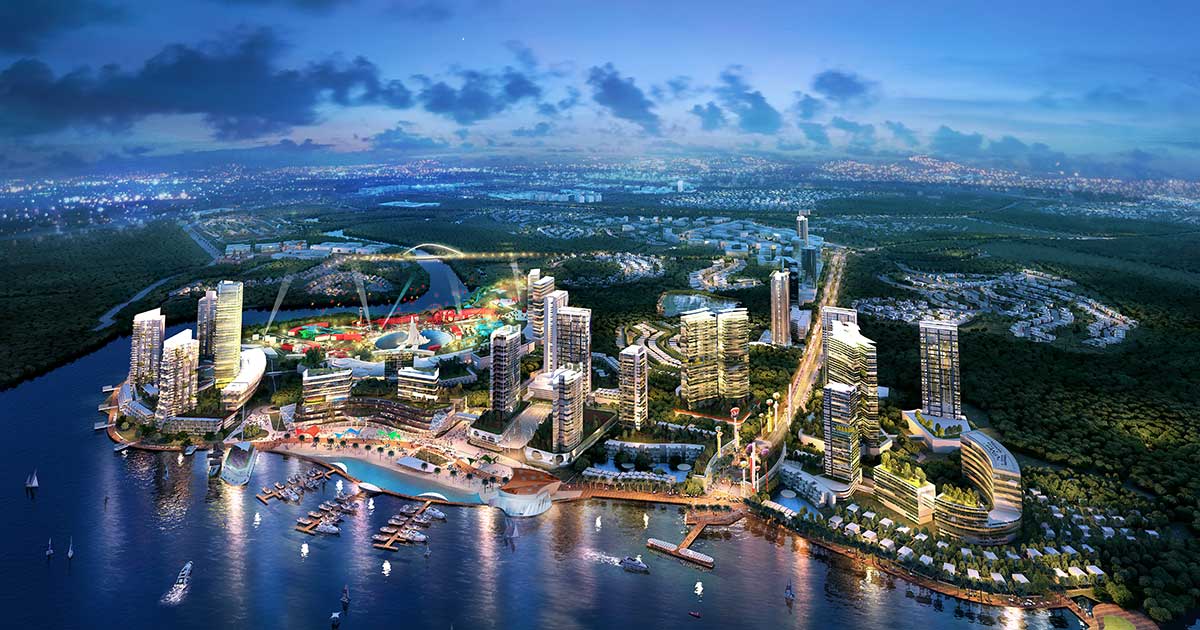What if Cities Could Heal Rather Than Harm?
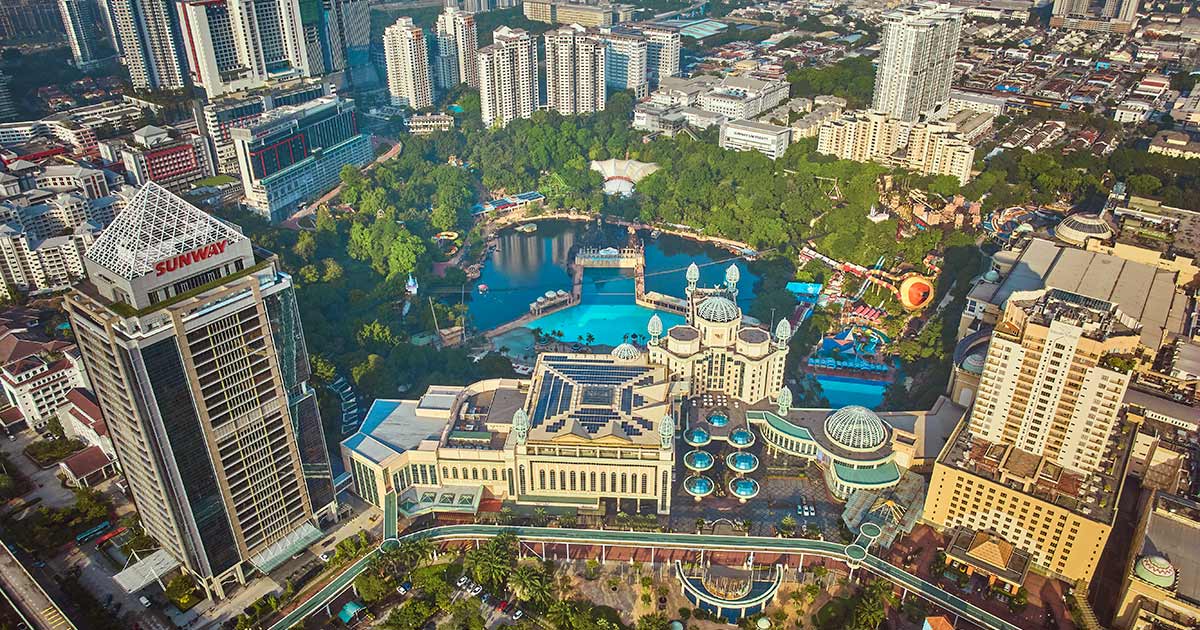
Key Takeaways
- As the world confronts the cost of rapid urbanisation, Sunway demonstrates how cities can restore rather than deplete.
- Through its integrated townships, Sunway challenges the notion that growth must come at the planet’s expense, offering a glimpse of what a sustainable city can be.
In the ever-evolving story of urban development, Sunway, through its various arms in city building and community development such as Sunway REIT, Sunway Construction, Sunway Property and various townships, is proving that sustainability is not an add-on—but the foundation of all that Sunway does.
In a world on the brink of environmental degradation, how we build our cities has become a matter of existential urgency. As urbanisation accelerates globally, the choices we make today will define the future of our planet. Yet, amid the relentless march of progress, one fundamental question is often overlooked: What if cities could heal rather than harm?
This question lies at the core of Sunway’s mission. With sustainability as its cornerstone, Sunway’s values permeate every facet of its operations, from Sunway Construction and Sunway Real Estate Investment Trust (REIT) to Sunway Property and through its various townships. Together, they are redefining urban development by crafting spaces that not only co-exist with the environment but nurture it, ensuring each project is a thoughtful balance between the needs of today and the promise of tomorrow.
Building Cities That Heal

The modern city is a paradox—emblematic of human progress yet also a source of some of our planet’s most significant challenges. With more than half of the global population now living in urban areas, the urgency to balance growth with sustainability has never been greater.
From 2001 to 2019, Southeast Asia lost approximately 610,000 square kilometres of forest—nearly twice the size of Malaysia. This deforestation, driven by agriculture and logging, is not just about trees; it represents a serious threat to biodiversity, a major driver of climate change, and widespread environmental degradation. Waste management is another looming crisis, with projections indicating that by 2025, waste production in Southeast Asia will surge by 150 percent compared to 1995.
Despite the gravity of these issues, responses to urban sustainability often remain superficial. While installing solar panels and wind turbines are worthy investments to consider, they barely scratch the surface of systemic woes. True sustainability, as Sunway understands, demands a fundamental reassessment of how cities are designed, built, and operated.
Redefining Urban Sustainability
Sunway is progressively redefining urban development in Malaysia. Going beyond merely adopting green initiatives, the corporation is embedding the principles of the United Nations Sustainable Development Goals (UN-SDGs) into its operations. Its efforts align with global frameworks such as the Science-Based Targets initiative (SBTi) and the Task Force on Climate-related Financial Disclosures (TCFD), among others, signalling a deep commitment to cultivating resilient, sustainable cities.

“Sunway Property as a Master Community Developer not only considers the built environment but also manages environmental, social, and governance (ESG) risks and concerns throughout the ongoing development. This includes supply chain reporting, monitoring and disclosure from contractors. Resource consumption is also addressed as part of green building certification requirements,
Preshinder Kaur Jassal
assistant manager of sustainability at Sunway Property.
In addition, this dedication to sustainability is evident in Sunway Construction’s use of advanced technologies. Building Information Modeling (BIM), for instance, fundamentally alters the construction process, enabling precise planning, resource management, waste reduction, and energy optimisation. Smart sensors and real-time monitoring systems further ensure that green buildings meet, and often exceed, stringent sustainability criteria.

Sunway REIT, one of Malaysia’s most diversified real estate investment trusts, exemplifies this forward-thinking approach in managing green buildings. With a portfolio spanning award-winning townships across Kuala Lumpur, Penang, Johor and Perak, Sunway REIT has embarked on a 10-year Green Building Certification roadmap.
“The building and construction sector accounts for 30% of global CO₂ emissions,
Angeline Sie
head of sustainability at Sunway REIT.
“If we continue our current path, this sector will contribute significantly to global warming.”
This ambitious plan aims to elevate all existing properties to at least Gold or Platinum Green Building standards, aligning with Sunway’s broader goal of achieving net zero carbon emissions by 2050.
Sunway REIT’s sustainability commitment extends beyond its properties. In 2023, the company launched the Green Lease Partnership Programme, forging relationships with tenants that transcend traditional business models. “As of July 2024, we have achieved a 90% sign-up rate for this initiative,” Sie notes, highlighting a shared commitment to environmental stewardship, particularly in reducing Scope 3 emissions—those indirect emissions within the company’s value chain. This collaboration underscores Sunway’s belief that true sustainability is a collective endeavour that requires active participation from all stakeholders.
Sunway City Kuala Lumpur: The Living Blueprint
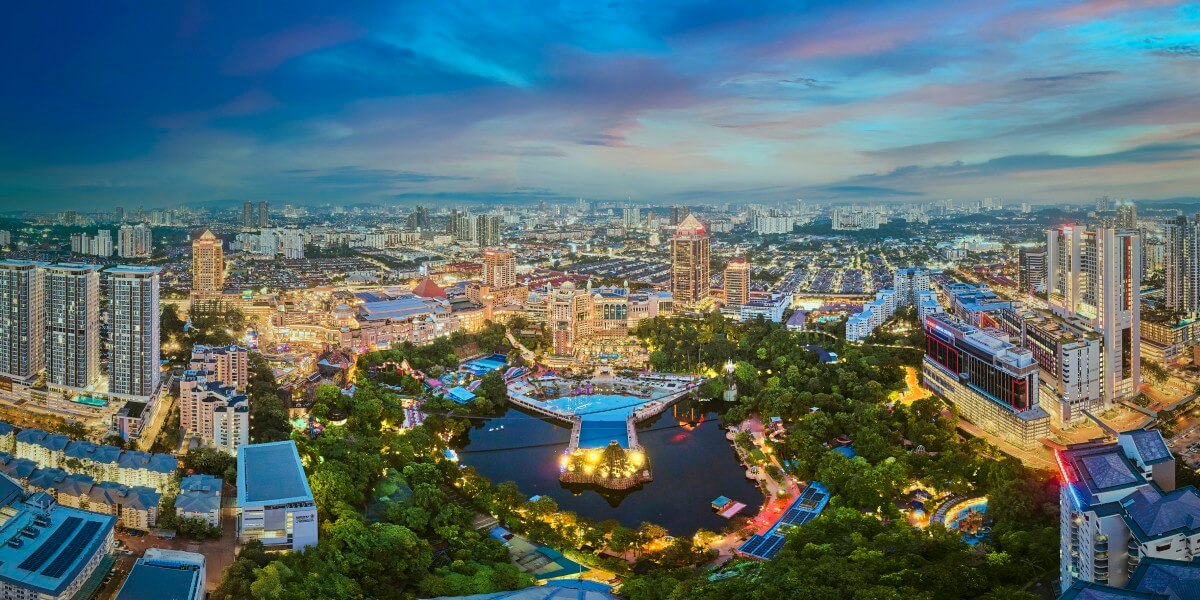
Sunway’s vision of sustainable cities did not emerge overnight—it was forged in Sunway City Kuala Lumpur (SCKL), the Group’s flagship township. This 800-acre township, once a scarred tin-mining wasteland, is now the blueprint for Sunway’s larger urban sustainability strategy. Over 30,000 native plants flourish in this ecosystem, providing a biodiverse sanctuary for 150 species of flora and fauna.
The green credentials run deeper than its cityscape. Recognised as Malaysia’s first fully integrated green township, SCKL is on an ambitious trajectory to achieve net zero carbon emissions by 2050. The township absorbs 500 tonnes of CO₂ annually, and its vast lakes not only beautify the landscape but also serve two critical functions—recycling as well as purifying rainwater to maintain the grounds and acting as retention ponds that prevent flash floods. Solar panels line the rooftops of key buildings, generating clean energy. LED lighting and smart water systems ensure that energy and resources are used efficiently, with nothing wasted. It is a city designed for tomorrow, turning the idea of a “smart city” into a living, breathing reality.
Where Innovation Meets Nature

The groundwork laid by SCKL has set a precedent. It has successfully created a replicable model of sustainability, one that continues to inspire the development of Sunway City Ipoh (SCI) and Sunway City Iskandar Puteri (SCIP), where nature and innovation co-exist in harmony.
Nature is the foundation of SCIP, spread across 2,000 acres in Johor, with over 40% of its area dedicated to green and open spaces. The township includes preserved mangroves along the seven kilometre-long Pendas River, protecting the land from erosion while fostering rich biodiversity. SCIP’s six distinct precincts, from the tranquil Sunway Emerald Lake to the bustling Marketplace Precinct, each tell a story of environmental harmony.

Zarith, head of sustainability at SCIP, articulates this vision clearly: “In ten years, the quality of life in SCIP will not only be great, but remarkably green. Homes will harness solar energy, streets will be filled with electric vehicles, and recycling and composting will be as natural as breathing. Waste, as we know it, will be a relic of the past.”
This vision is already taking shape. Since 2018, SCIP’s Trash to Treasure programme has transformed 231 tonnes of waste into valuable resources—an effort akin to planting 11,000 trees. But metrics alone do not capture the full story.
“Success is not just about metrics like energy use and carbon reduction. It is about creating a lifestyle people genuinely embrace and enjoy.”
Zarith emphasises SCIP’s real success lies in community engagement: “When it comes to recycling, choosing green transportation, or cultivating community gardens becomes second nature to our residents, that is when we know we have truly succeeded.” SCIP’s initiatives—from installing EV chargers to introducing the township’s Cash to Trash programme—highlight its role as more than just a residential area; it is a living model of sustainable urban living.
Nature at the Heart of City Living
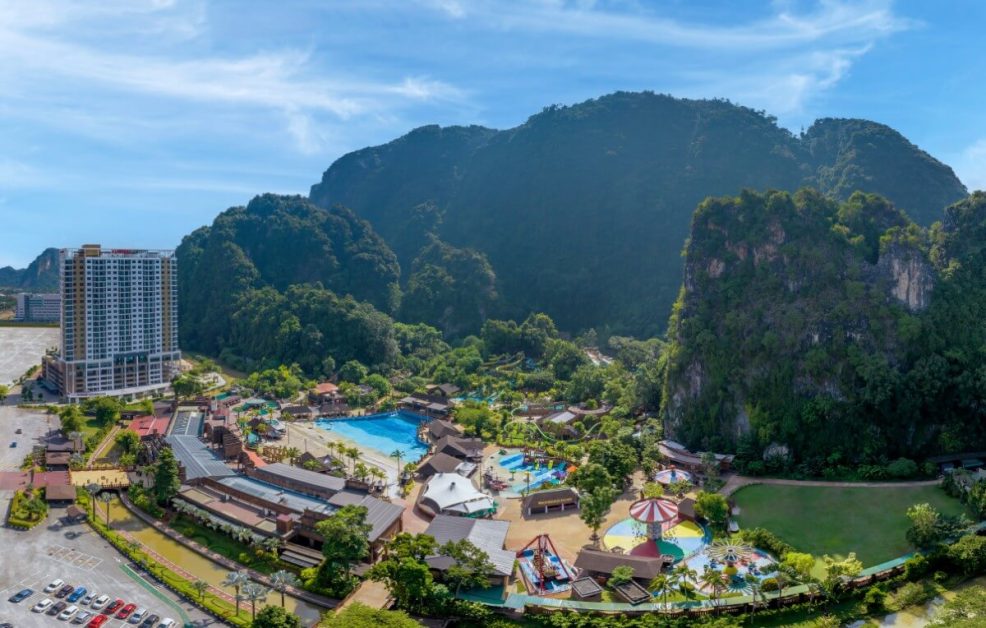
Up north in Sunway City Ipoh (SCI), life flows in concert with the rhythm of nature. Framed by ancient limestone hills over 260 million years old, these natural monuments are central to SCI’s identity, with the majestic mountains and water bodies making up at least 40 percent of SCI’s overall land area.
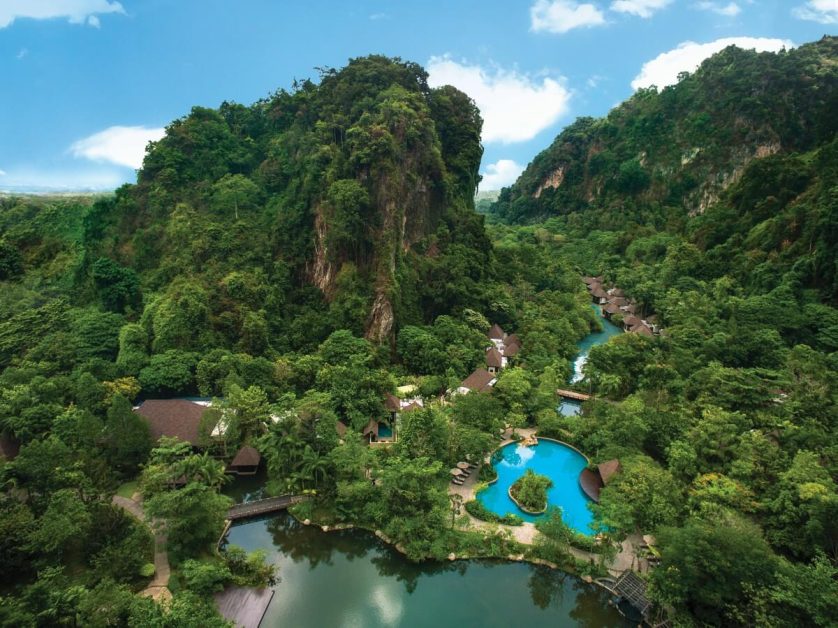
The Banjaran Hotsprings Retreat, a crown jewel of the city, taps into natural hot springs, offering a restorative experience that is both luxurious and sustainable. Lost World Hot Springs & Spa, which is part of the Lost World of Tambun theme park, has seven hot springs pools, pumping three million litres of geothermal water daily. These waters offer more than just a retreat—they provide a rejuvenation deeply rooted in the earth.
The environmental impact of geothermal resources extends far beyond the spa. Engineers estimate that the heat generated through the natural hot steam cave at The Banjaran saves 189,000 trees or 4,200 tonnes of CO₂ emissions annually, with the naturally heated outdoor pool alone being estimated to save 19,000 trees or 433 tonnes of CO₂ emissions each year. These figures are not just milestones but a testament to a vision where progress is measured by what we protect and sustain.
SCI’s dedication to sustainability also extends into the soil beneath its foundation. The Sunway Organic Farm, a 20-acre expanse adjacent to The Banjaran Hotsprings Retreat, is a flourishing model for farm-to-table dining, embodying SCI’s holistic approach to living. The farm’s pesticide-free produce nourishes both body and conscience, reminding us that true sustainability enriches the soul as much as it fills the stomach.
A Legacy of Sustainability and Innovation

In the quest to create cities that heal rather than harm, Sunway understands the stakes are high. Operating in an industry where inflated environmental claims often muddy the waters, the Group is committed to transparency and accountability, embracing rigorous third-party certifications and relentless internal audits.
As part of its ongoing pursuit of accountability, Sunway has introduced an internal carbon pricing framework. A pioneering move in Malaysia, it marks the company as the first in the country to implement such a system and among the first to introduce this framework in Asia. Unlike externally imposed carbon taxes, this system charges each department for every tonne of carbon they emit, forcing them to confront the actual cost of their actions. However, it is not just about penalties. It is about fostering progress. Sunway pairs this carbon pricing with a proactive incentive program, rewarding departments that hit renewable energy and waste diversion targets with monetary bonuses.
This dual mechanism creates a powerful balance between accountability and opportunity, encouraging innovation and operational efficiency across the board. It positions Sunway ahead of the curve, turning potential costs into strategic advantages.
As Sunway looks to the future, it sees both challenge and opportunity. The global shift towards sustainability is accelerating, and those who fail to adapt will be left behind. But Sunway is not just keeping pace—it is leading the charge. Its vision is clear: to build economically resilient, environmentally restorative, and socially inclusive cities. Sunway is not merely constructing the infrastructure of today—it is laying the foundation for a sustaining legacy that will endure for generations.


